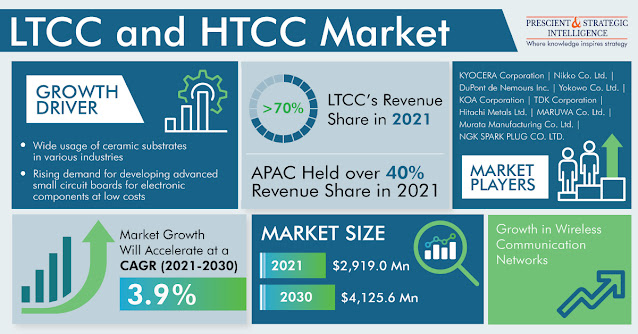In 2021, the Australia ventilation products market accounted for $569.4 million in revenue, and it is predicted to reach $1,003.9 million by 2030, advancing at a 6.5% CAGR between 2021 to 2030. The increasing number of residential and commercial projects, rising awareness of the health and environmental implications of polluted air, and growing demand for decentralized ventilation are contributing to the market expansion.
Essentially, the key aspect driving the market growth is the increasing population. For example, the total construction output in Australia increased by roughly 0.5% in June 2021 as compared to June 2020. The residential sector was worth roughly $14 billion, while the non-residential industry was worth around $8 billion.
Key Findings of Australia Ventilation Products Market Report
• In 2021, the ventilation fans category led the Australia ventilation products market, and this is likely to continue over the forecast period. This is because these fans are often installed in commercial spaces.
• In 2021, the commercial category accounted for over 70% share of the Australia ventilation products market. Economic growth and rapid urbanization have contributed to the increase in the number of hotels, offices, malls, and hospitals, thus surging the demand for ventilation solutions.
• As compared to centralized ventilation, decentralized ventilation offers numerous benefits. Decentralized ventilation enables the system to meet the demand of each zone in terms of indoor air quality.
• Furthermore, decentralized systems can improve ventilation efficiency by removing pollutants closer to the source, reducing the volume of supply air needed, and the energy required to condition and distribute it. These systems are advantageous because each component of a building's ventilation system may be operated individually.
• Fantech Pty. Ltd. launched a new range of Trade sweep fans in January 2020. They are compatible with Fantech Trade's newest invention, the "AeroGlide System." There are four variants available: black and white, LED and non-LED, and an IP55-rated type for outdoor use.
• Vent-Axia Group Limited and Ventair Pty. Ltd. announced their collaboration in August 2019. Ventair became a new supplier of the Vent-Axia in Australia as a result of the cooperation.
Due to the increasing carbon emissions, rising pollution levels, and advancing awareness toward maintaining a sustainable and healthy environment, the demand for green/smart buildings is growing. Water conservation, energy efficiency, waste reuse and recycling, greenhouse gas emission reduction, and natural resource use minimization are all examples of green building practices.
The Australia ventilation products market is highly fragmented. To gain a competitive edge, players have entered into partnerships and launched new products in recent years. These players are Vent-Axia Group Limited, Fantech Pty. Ltd., Johnson Controls International Plc, Carrier Global Corporation, Panasonic Corporation, Ventair Pty. Ltd., LG Electronics Inc., Samsung Electronics Co. Ltd., Daikin Industries Ltd., and Mitsubishi Electric Corporation.










.png)
.png)


